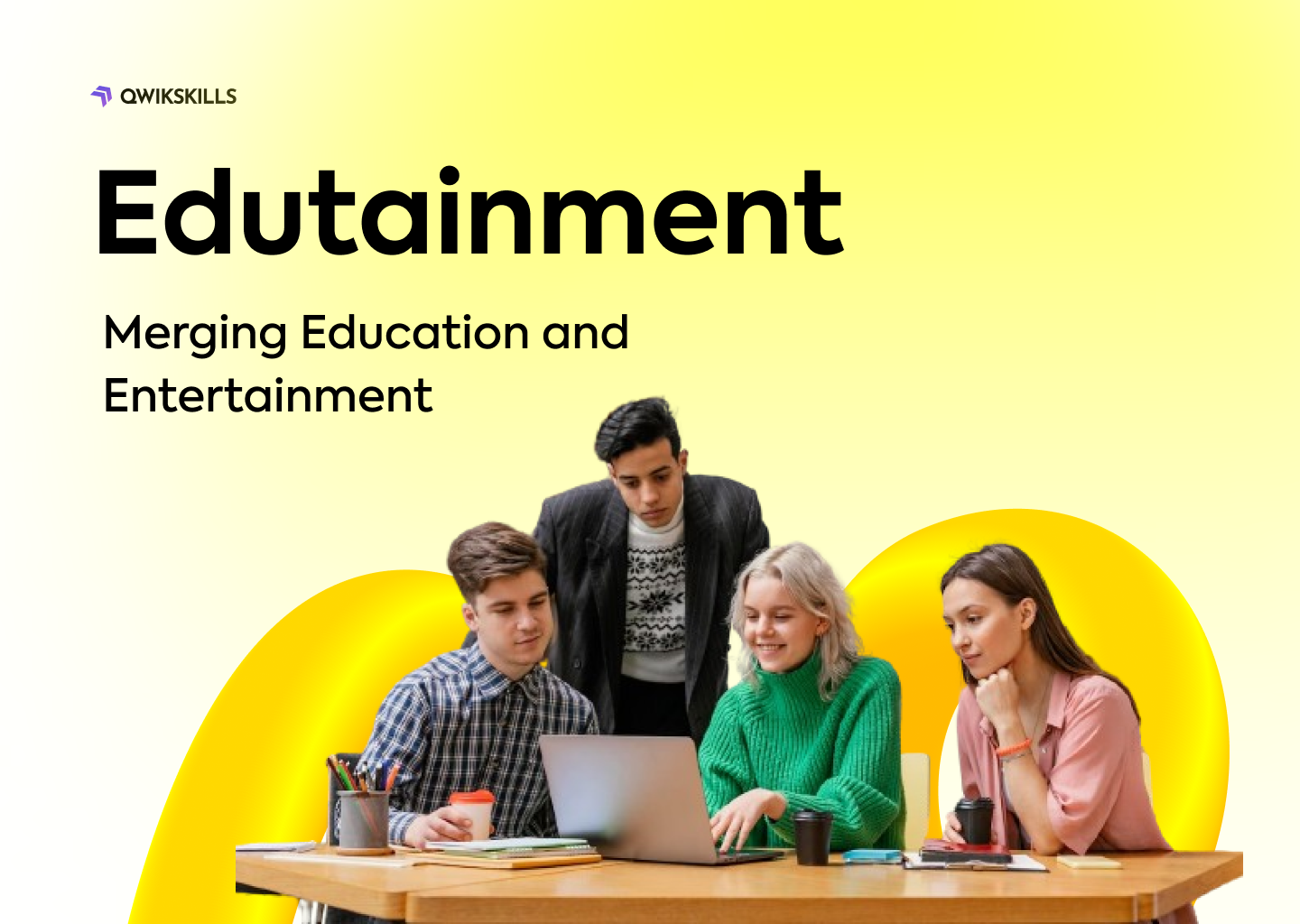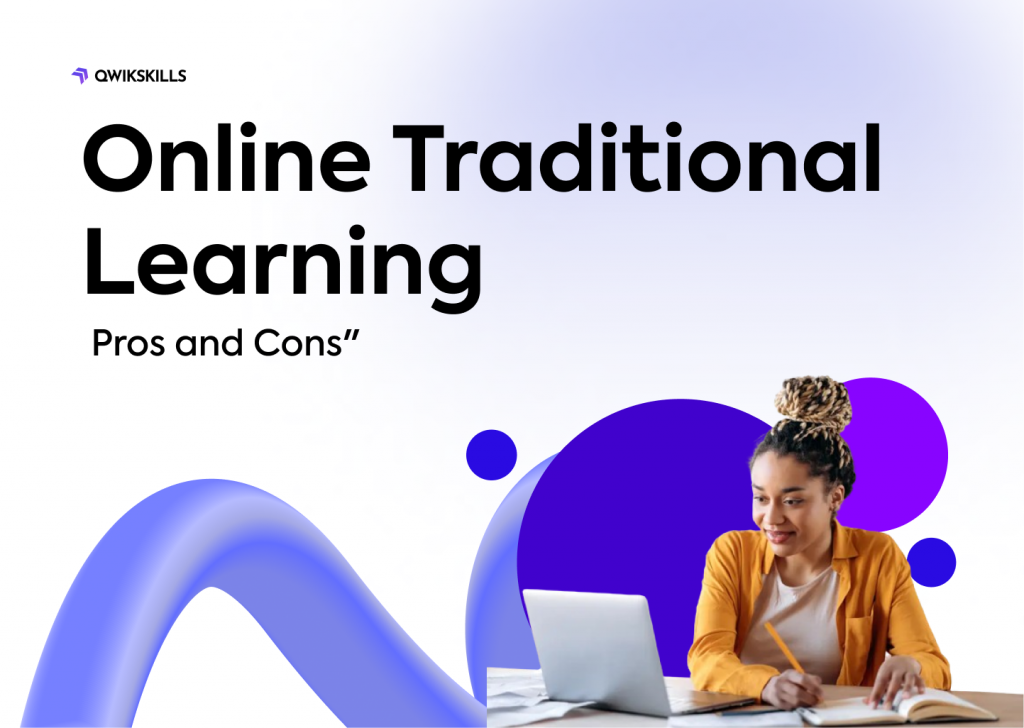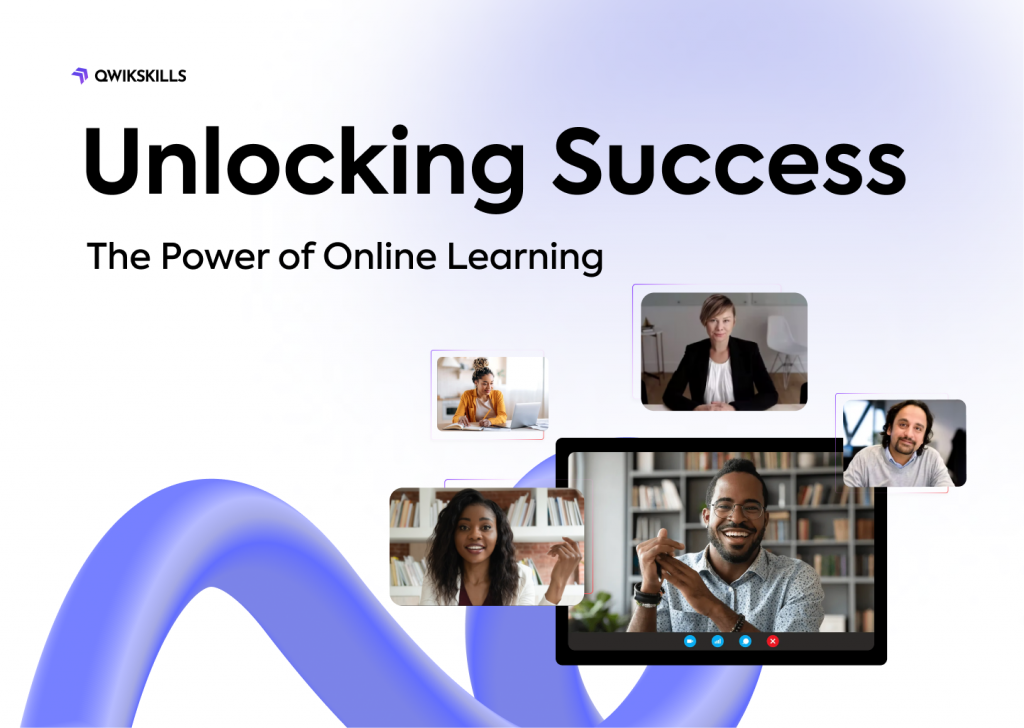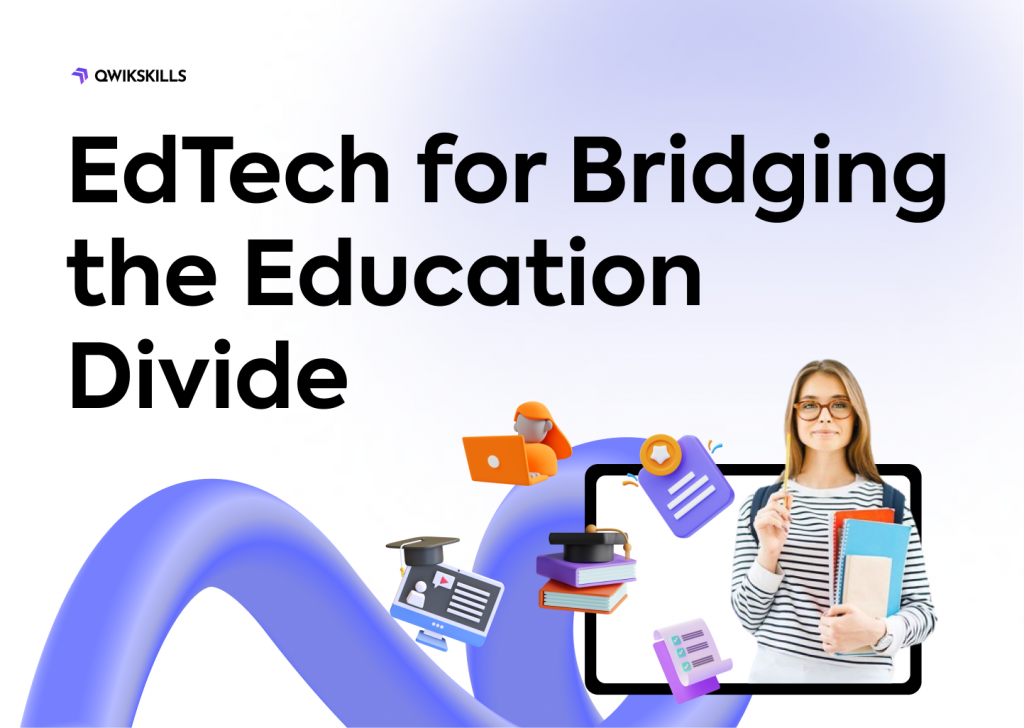Are you tired of conventional teaching methods and looking for a more exciting way to learn or teach? If so, you should explore the concept of edutainment! This innovative approach combines learning with fun, creating a memorable and enjoyable educational experience.
Definition of Edutainment
Simply put, “edutainment” merges “education” and “entertainment.” It’s a new term born from digital technology, making learning fun through interactive media like educational video games, documentaries, museum exhibits, and online courses.
Importance of Merging Education and Entertainment
Why merge education and entertainment? It boosts student engagement. Traditional learning can be dull, but adding a fun element makes it intriguing, increasing retention and understanding. So, mixing education with entertainment offers a more effective, enjoyable learning experience.
Advantages of Edutainment
Making education as entertaining as possible significantly boosts learning and engagement. Edutainment combines learning and fun, resulting in a myriad of benefits.
Enhances Engagement and Motivation
Edutainment’s interactive appeal lies in its ability to motivate learners through entertainment. Unlike traditional methods, it keeps learners engaged. For example, gaming elements and rewards can increase participation and information absorption.
- Increased attentiveness
- Enhanced motivation
- Greater immersive learning experience
Facilitates Active Learning
Secondly, edutainment promotes active learning. It’s not just about listening or reading; it’s about doing. This aspect encourages students to actively participate, leading them to have:
- Deeper comprehension of concepts
- Improved problem-solving skills
- Heightened creativity
Provides Personalized Learning Experiences
Lastly, technology-based edutainment can offer personalized learning experiences. Using AI and machine learning, ed-tech platforms can adapt course content to suit each learner’s pace and skill level. Allowing learners to engage at their speed can result in:
- Enhanced understanding
- Reduced learning stress
- Swift progress and skill advancement.
Gamification in Education
Gamification is rapidly transforming educational methods, turning traditional classroom teaching into exciting learning adventures.
Definition of Gamification
Gamification is the application of game-design elements and game principles in non-game contexts. In education, it involves the use of game mechanics, like scoring points, competition with others, and rules of play to teach and reinforce learning.
Benefits of Gamification in Education
Gamification in education comes with a plethora of benefits.
- It increases student engagement. When students find learning fun and interesting, they pay more attention and learn more effectively.
- It improves retention. Learners remember better when they’re active participants in the learning process.
- It promotes healthy competition. With leaderboards and reward systems, students are incentivized to perform better.
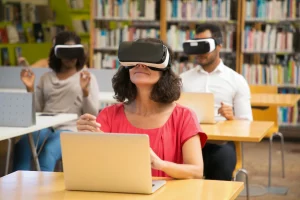
Successful Gamified Learning Platforms
Various platforms, like Khan Academy with its badges and points, or Duolingo with its decreasing health bar for mistakes, are integrating ed-tech strategies to make learning enjoyable. Similarly, Minecraft: Education Edition revamped the famous game into a fun learning platform.
Interactive Media in Education
It’s a tech-driven world out there, and education is not left behind. Emerging as a dominant tool in the learning process is interactive media in education, popularly known as “edutainment.”
Definition of Interactive Media
Interactive media are digital platforms that react to users’ actions by displaying content like text, graphics, or video, actively engaging the user in the process.
Advantages of Interactive Media in Education
Interactive media in education offers a plethora of advantages. Besides making learning more engaging, it caters to various learning styles and increases information retention. Here are some key benefits:
- Promotes active learning
- Increases student’s engagement and motivation
- Enhances creativity and problem-solving skills
- Facilitates self-paced learning
Examples of Effective Interactive Learning Tools
Several modern tools support engaging, seamless learning, from multimedia presentations to virtual reality and online courses. “Edutainment,” combining education and fun, has transformed the learning landscape, far surpassing the early days of interactive whiteboards.
Edutainment in Online Courses
The concept of edutainment has made leaps and bounds in the realm of online education, providing an engaging, immersive, and fun learning experience for students of all ages.
Rise of Online Education
Online education has seen a meteoric rise in recent years. From homeschooling to higher education and from upskilling to business training, online platforms fill the landscape. This surge is due to the flexibility of self-paced learning, global expert connectivity, and accessibility from anywhere.
Integration of Edutainment in Online Learning Platforms
Most of these platforms have realized the immense potential of edutainment in retaining learners’ attention. They have started integrating elements of interactive media, gamification, and storytelling, creating an amalgamation of education and entertainment.
Case Studies
- Duolingo, the language learning app, offers bite-sized lessons embedded with gamification to make language learning fun and engaging.
- Codecademy, an online platform for learning coding, uses a hands-on approach and interactive learning experience to keep its learners engaged.
- Coursera’s “Learning How to Learn” course implements easy-to-grasp animations and metaphors, presenting complex cognitive science theories in an engaging way.
These are just a few examples of how edutainment has camouflaged learning into a fun activity, resulting in effervescent student participation and enhanced learning outcomes.
EdTech and Edutainment
Overview of educational technology (EdTech)
Educational technology, often referred to as “EdTech,” involves the use of digital technology to facilitate learning and improve performance. These resources range from learning management systems, and online courses, to interactive whiteboards.
- Easy-access learning materials
- Efficient tracking of academic progress
- Personalized learning experiences
Incorporation of Edutainment in EdTech
Edutainment makes learning fun and engaging. EdTech uses this approach by turning educational content into interactive games or adding game-like features. Students can earn points, complete tasks, or compete for leaderboard rankings, thus making education less serious and more enjoyable.
Benefits of EdTech for edutainment-based learning
Edutainment-based learning using EdTech brings benefits like increased motivation and engagement. Entertaining features decrease the routine of rote memorization, making education more engaging. It also improves retention: when people enjoy what they’re doing, they remember it better.
- Increased motivation and engagement
- Improved retention of information
- Encouragement of self-paced learning
Challenges and Considerations of Edutainment
Absolutely, education and entertainment create a powerful mix. However, their combination needs thoughtful planning. Educators and content creators face certain challenges when crafting educational experiences that are both fun and informative.
Balancing Education and Entertainment
Creating the perfect blend of education and entertainment is easier said than done. Too entertaining, and the user might only remember the fun, forgetting what they learned. Too educational and the audience risks being bored and distracted.
Striking this balance often turns out to be a Pied Piper’s task of piquing interest without losing educational intent.
Diverse Learning Styles and Preferences
Not everyone learns in the same way. Some people prefer visuals, while others are partial to text or audio inputs. Therefore, edutainment solutions need to incorporate:
- Interactive media for visual learners
- Audiobooks or podcasts for auditory learners
- Interactive games or experiments for kinesthetic learners
Assessing the Effectiveness of Edutainment
Lastly, grades or scores are traditional ways of assessing learning. With edutainment, newer methodologies for measuring success are needed. ‘How much did the user enjoy the experience?’ and ‘What did they learn?’ are questions that edutainment creators must seek to answer.
Future of Edutainment
Edutainment is undoubtedly changing the way we perceive education, making it more engaging and appealing to learners everywhere. The exciting blend of education and entertainment, aided by technological advancements, allows for a more personalized and immersive learning experience.
Growing Popularity and Adoption of Edutainment
Surely, edutainment’s rising fame, with its knack for engaging learners longer and improving info recall, is surpassing basic teaching methods. Schools, universities, and businesses frequently use MOOCs and gamified learning platforms. Let’s look at some stats:
- More than a third of the US learners have taken an online course.
- Edutainment is expected to reach a market size of $10 billion by 2026.
Potential Advancements in Edutainment
The future of edutainment is poised with promising innovations. With the advent of virtual reality (VR) and augmented reality (AR), edutainment can impart a more hands-on and experiential learning journey. AI-powered adaptive learning tools are also on the horizon, tailoring learning content based on individual competencies and pace.
Impact of Edutainment on the Future of Education
Edutainment can reshape the future of education, fostering a global learning environment that is no longer confined by location or language. By making learning fun and interactive, it holds the power to ignite curiosity and foster a culture of continuous learning.
Conclusion
In summary, edutainment solidifies the essential blend between education and entertainment, assisting learners of all ages to make significant progress while having fun. It makes learning accessible, enjoyable, and interactive, which ensures greater retention and understanding
So, why not give edutainment a try? With the growing impact of online education, user-friendly platforms, and innovative tech solutions, the opportunities for infusing entertainment into your learning journey are virtually endless.
In a world where traditional teaching methods may not always captivate students’ attention, QwikSkills stands out as an innovative solution. By embracing edutainment, QwikSkills offers a transformative approach to education, shaping the future of learning and empowering students to unleash their full potential.
So, whether you’re a student looking for an engaging way to learn or an educator seeking to create an immersive and interactive learning experience, QwikSkills is the ultimate tool to bridge the gap between education and entertainment and unlock boundless learning opportunities.

